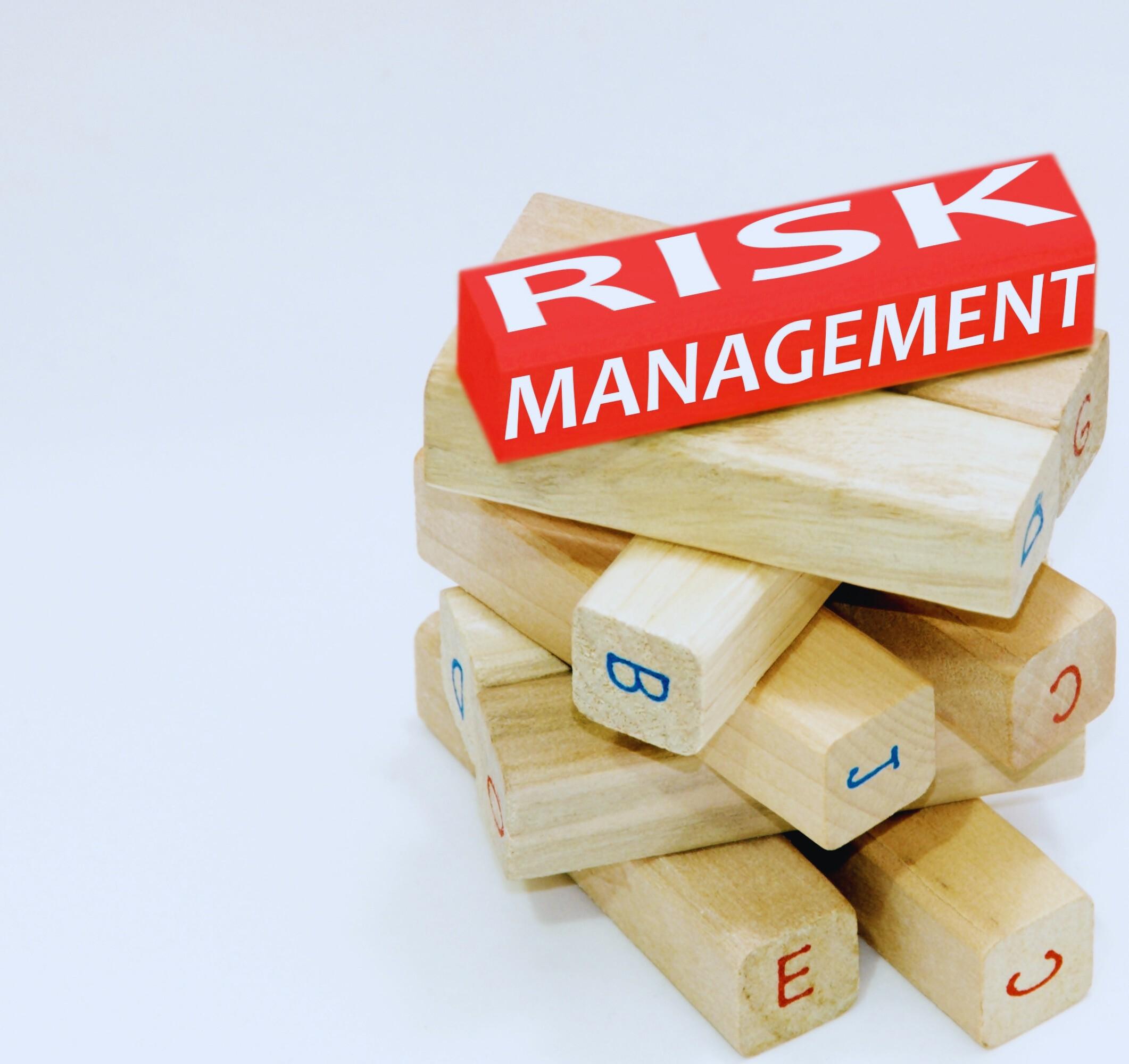Investing with Confidence
The Role of Risk Management in Investment Planning



Hey investors, the topic we are discussing today is important for any investor planning their investment. Learning about risk management may not be as exciting as running after hot stocks or analyzing share markets & cryptocurrencies; however, if you properly understand and apply risk management strategies, then it can be a game-changing factor in your investment goals.
Paulo Mukooza mentions, that most people do not consider risk management as an engaging topic to discuss over a cup of tea, but understanding the basic principles of risk management can help a lot in your investment journey.
What is Risk Management and How Does it Work?
Risk Management is the process of identifying, analyzing, and evaluating an investment to minimize the risk of loss. In risk management, one needs to consider the possible threats associated with an investment opportunity. Risk management is a way to protect your money from unexpected events, like buying insurance.
Mr. Mukooza notes that it’s not compulsory to completely avoid taking risks, but striking the right balance between the two extremes is critical. An individual should consider taking calculated risks that are in line with their investment objectives and risk appetite.

The Significance of Risk Management-
1. Saving the Capital
Risk management helps us save capital by diversifying our investments across multiple asset classes and sectors. It helps reduce the impact of the negative market movements on our overall portfolio.
2. Managing Volatility
Financial markets are very volatile, with the price graph fluctuating in response to various factors. By applying an effective risk management strategy, we can safeguard our investments from sudden and unexpected downturns.

3. Achieving Long-Term Goals
Successful investing involves more than just maximizing short-term profits; it also involves reaching long-term financial objectives. Through effective risk management, we can ensure that our investment portfolio remains aligned with our goals.
4. Maintaining Discipline
Emotions often run high in the world of investing, especially during times of market turbulence. Risk management fosters discipline by providing a structured framework for making investment decisions based on rational analysis rather than emotional impulses.

Key Pillars of Risk Management
As per Mr. Mukooza, one of the most important pillars of risk management is diversification. There is an old saying: “Do not put all your eggs in one basket,” and this saying fits perfectly when talking about investments. It is always a good idea to diversify your portfolio into different assets, industries, and sectors because it helps to minimize the risk and also provides protection against sector-specific downfalls.
Specialized Care:
Monitoring and reviewing your portfolio regularly is critical to ensuring that it aligns well with your risk appetite and investment goals. Sometimes, emotions also play a role in investment decisions; fear and greed influence our choices. But in this kind of situation, it's necessary to maintain discipline and stick to the proper investment plan.

Ending Thoughts-
Although risk management lacks glamour, it is still undeniably vital. The proper use of risk management strategies in your investment methodology can help tackle the fluctuations of the financial market. A smart approach to investing includes keeping a check on risks—reducing them with knowledge and wisdom— rather than staying away from them completely. As I usually say, heads I win, Tails I don’t lose much. Cheers to wise investments!

Follow For More!
Thanks For Watching!








